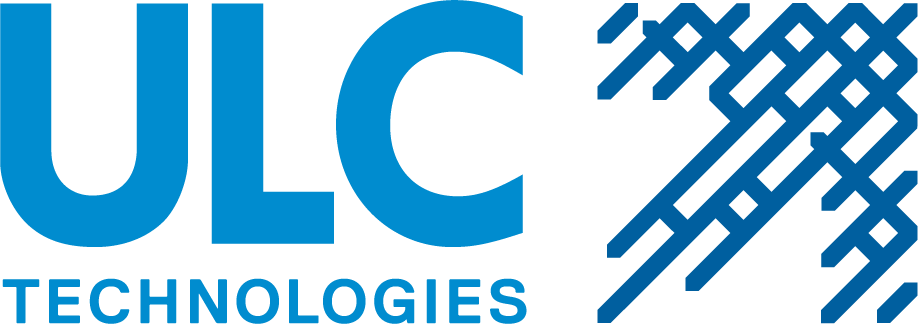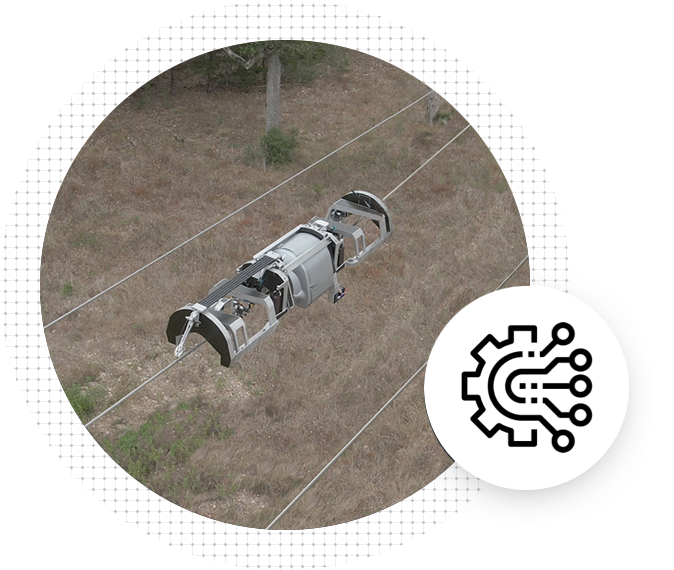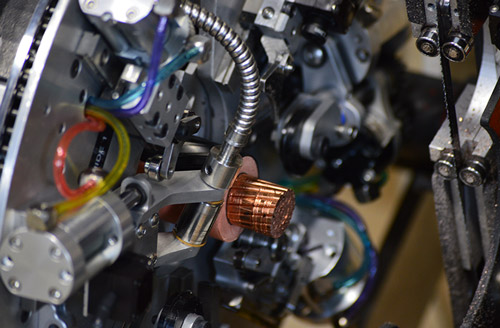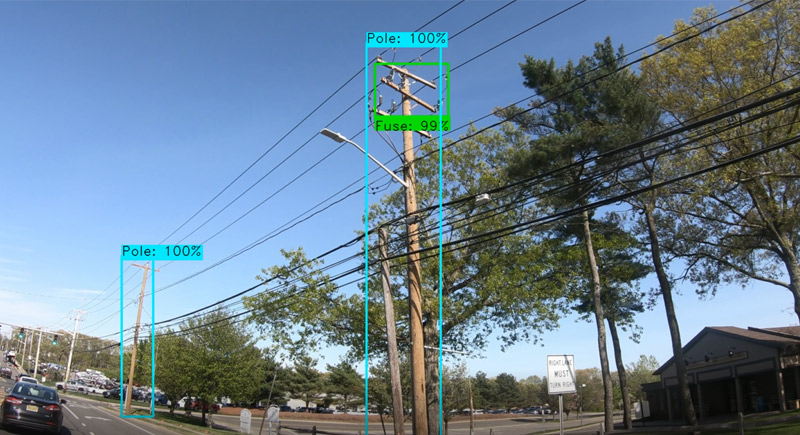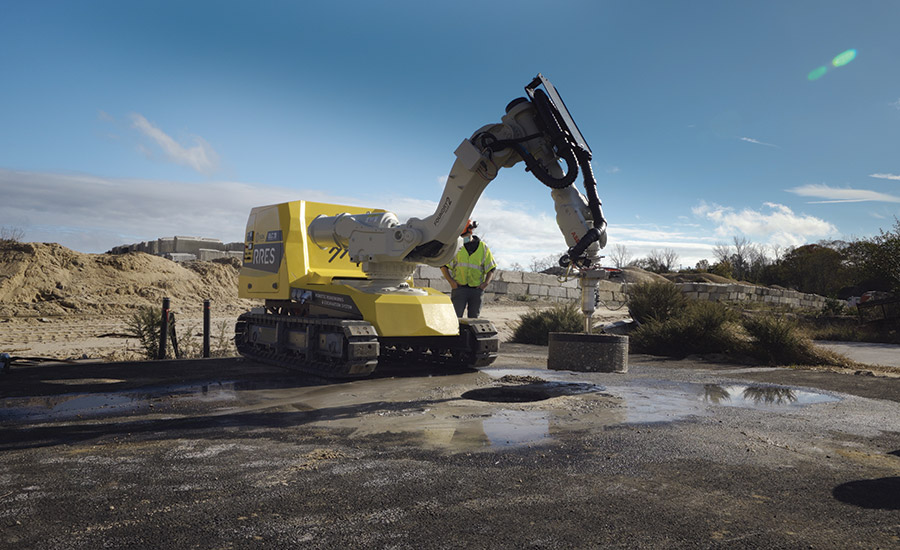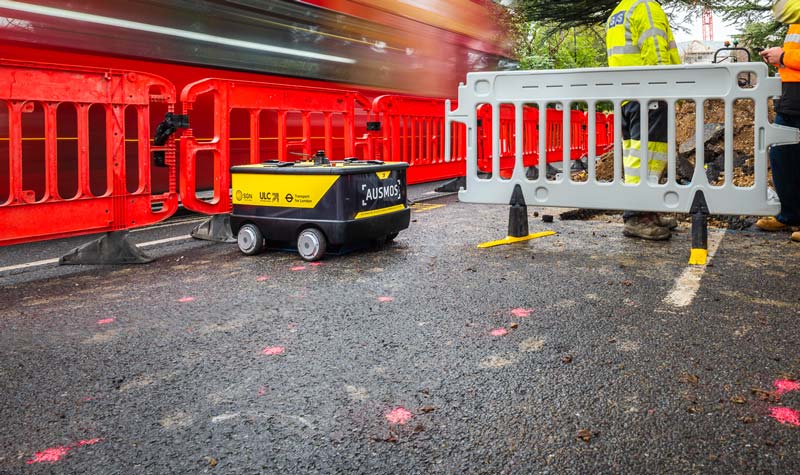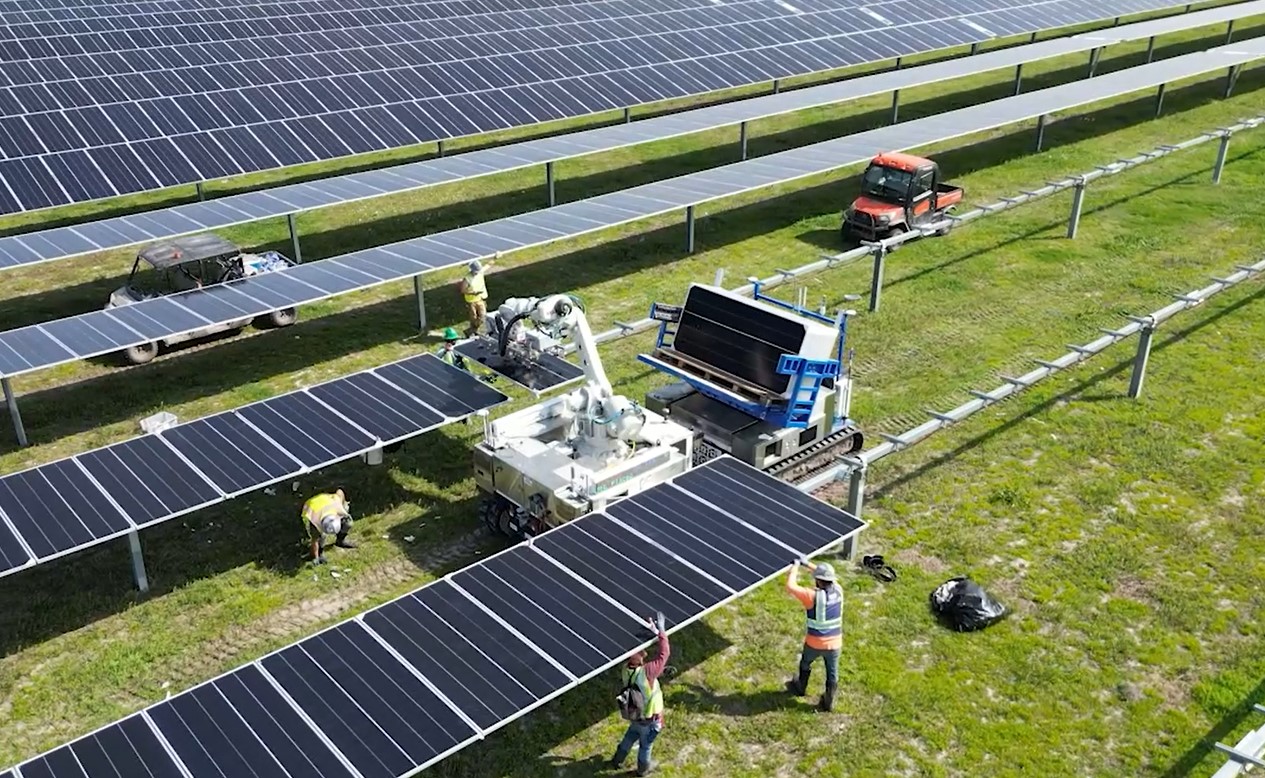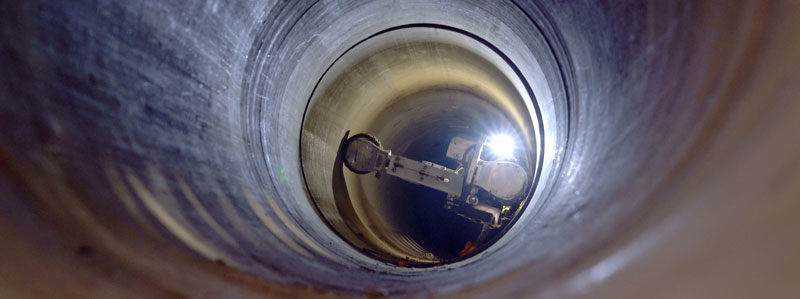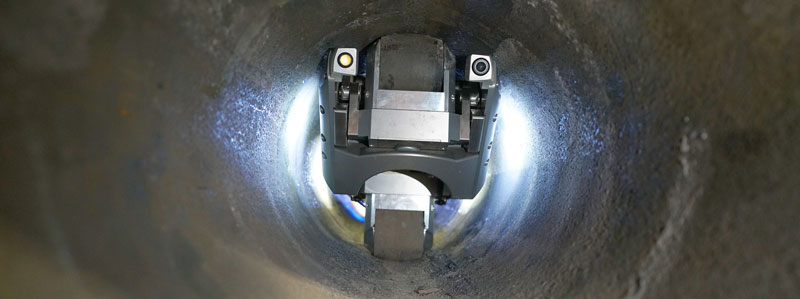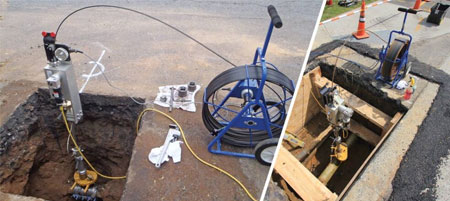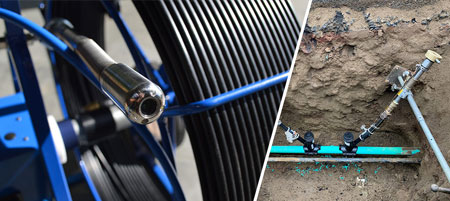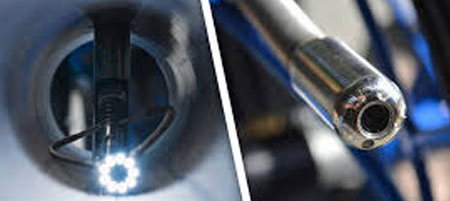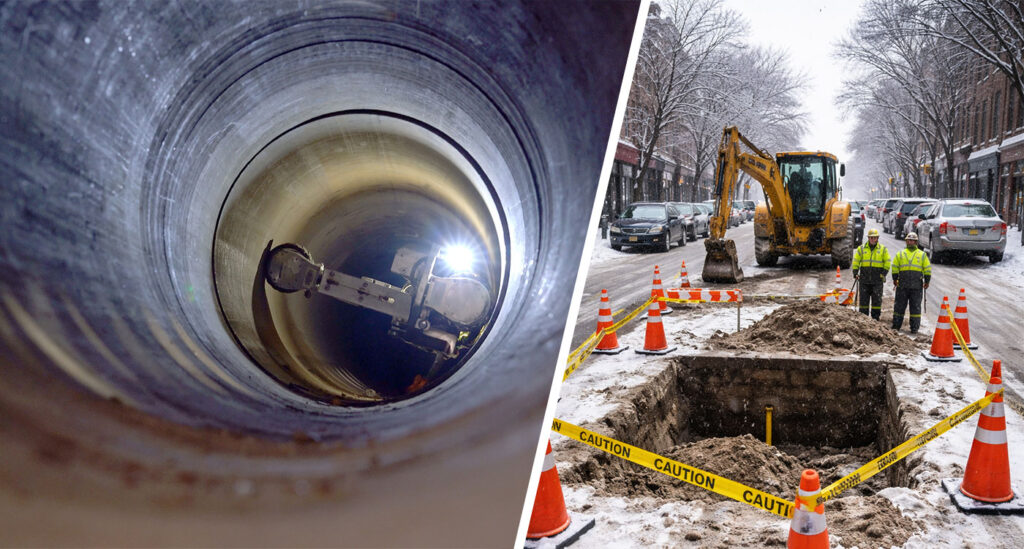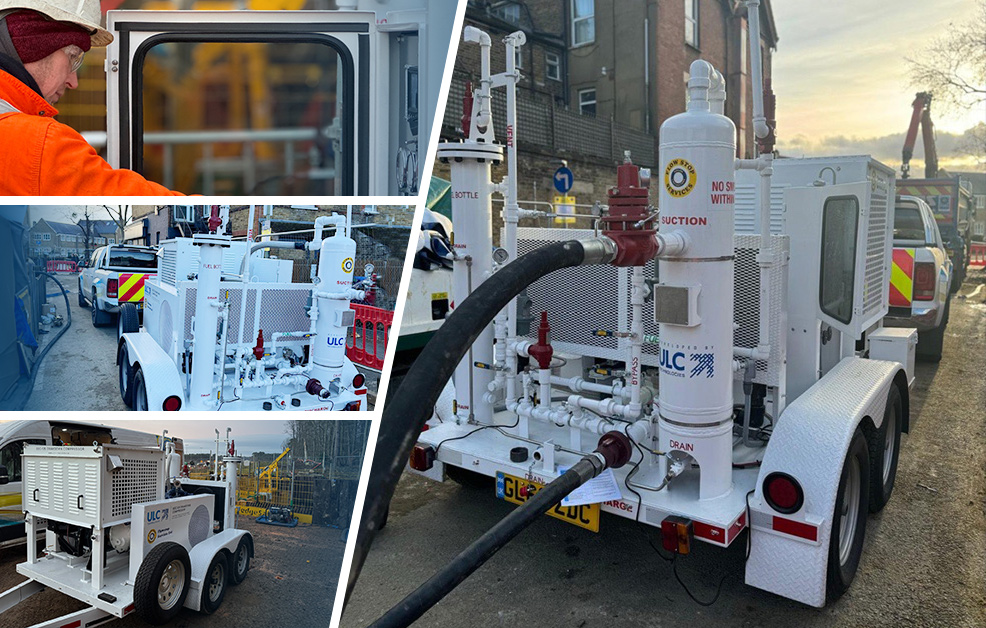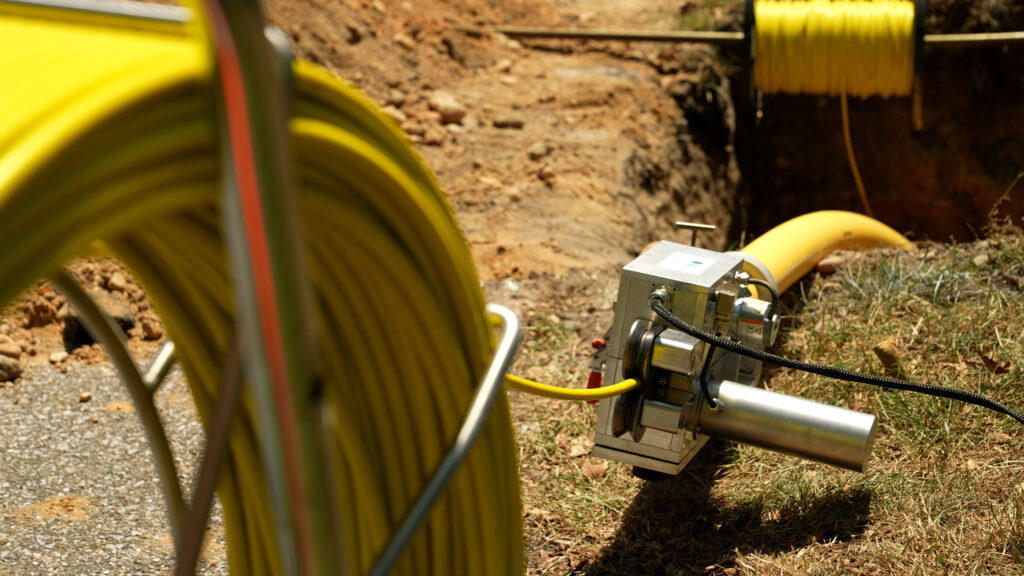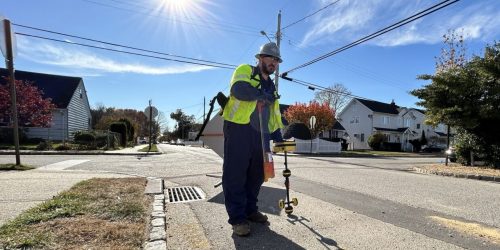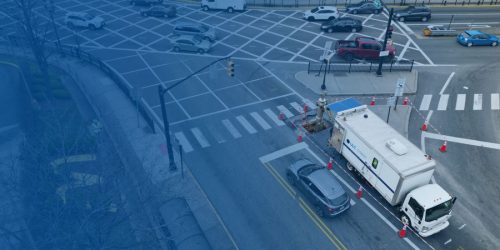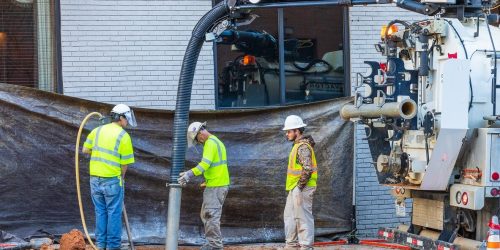Gas distribution utilities routinely reduce line pressure and vent gas from pipelines to provide safe working conditions during maintenance and repair activities and as part of pipeline abandonments. Utilities will typically reduce the pressure from downstream usage, isolate the smallest possible linear section of pipeline and depressurize it by venting gas.
While gas utilities have always strived to minimize pipeline blowdowns, the reduction of venting gas into the atmosphere has become a key focal point in discussions with regulators, utility companies and stakeholders.
What is Cross Compression?
Cross compression is a process that gas utilities are increasingly turning to in order to minimize the need for large scale blowdowns and reduce emissions into the atmosphere. The process moves gas from one pressure environment to another by increasing the pressure of the gas just over the operation pressure of where the utility wants the gas to go. Cross compression can be performed using in-line compressors or using portable solutions.
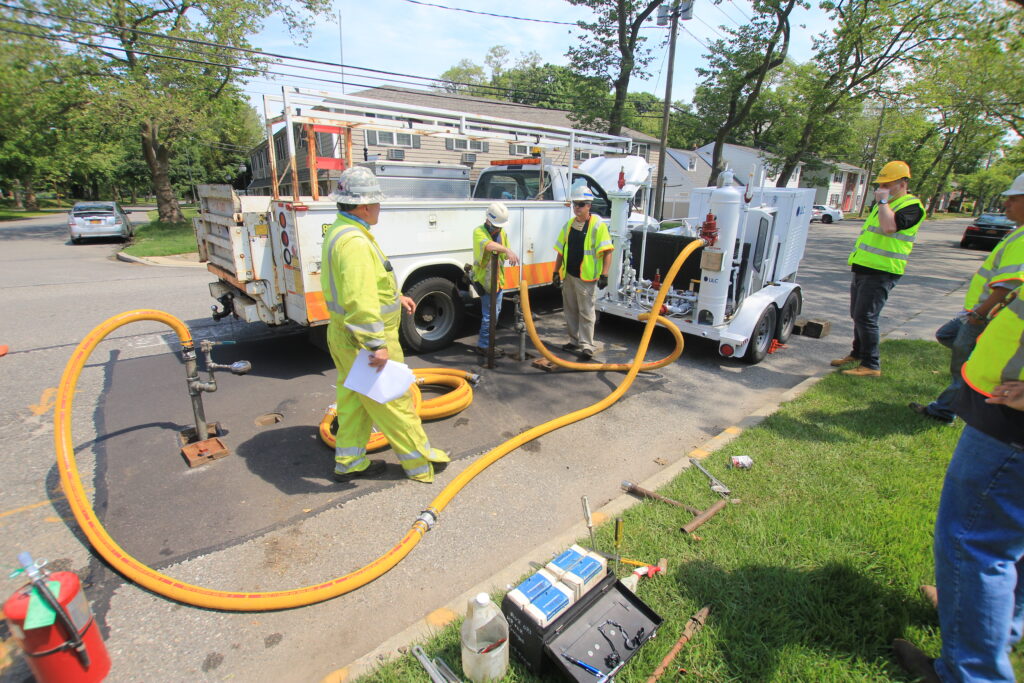
What is Portable Emissions Recovery?
Portable emissions recovery technology is brought to project sites to deliver cross compression. The solution will take natural gas from a stranded section of pipe, extract it, compress it and inject it back into the active pipeline network.
Cross Compression: Supporting Gas Distribution Methane Emissions Reduction
For gas utilities with high pressure transmission mains, preventing large scale blowdowns can have a tremendous impact on methane reduction goals and the environment, but the discussion gets complicated when dealing with distribution pressure ranges:
- Solutions designed for transmission pressures were not designed for optimal performance in distribution pressures: Cross compression solutions designed for higher transmission pressures typically require multiple stages of compression which reduces flow. Bringing this technology into distribution pressure projects may make effort and cost for emissions recovery not worth the amount recovery. Gas distribution utilities need emissions recovery solutions with a single stage compressor to deliver efficiency. While a solution with a singe stage compressor will have a limited discharge pressure, the average flow rate will be much higher.
- A greater number of smaller recovery projects versus several large emissions recovery projects. While emissions recovery activities in transmission pressures is an obvious measure to meeting regulatory requirements, gas utilities need to also prioritize distribution applications. Gas distribution utilities have multiple contractor crews performing maintenance and abandonments on a routine basis. This not only requires solutions that are affordable, it requires solutions designed to work efficiently so it can be deployed at multiple sites per day. As the industry continues to accelerate gas main replacement programs, a growing number of mains are being abandoned where emissions recovery efforts will have a positive impact on communities and stakeholders.
- Emissions recovery projects for the majority of distribution applications take place in communities where project efficiency and equipment portability have a greater impact on gas customers. Hauling multiple emissions recovery units through city streets on large flatbed trucks is challenging from a logistics perspective. Lastly, gas utilities need to take into account equipment flow rates when selecting cross compression solutions. Teams on site and energy customers will appreciate equipment that will deliver a project in 25 minutes versus 3+ hours.
Overall, prioritizing emissions recovery is a key strategy for gas distribution utilities to operate responsibly and sustainably in today’s increasingly eco-conscious world. The three points above are directly addressed when portable emissions recovery equipment is engineered from the ground-up to deliver efficient drawdown times with portability in mind.
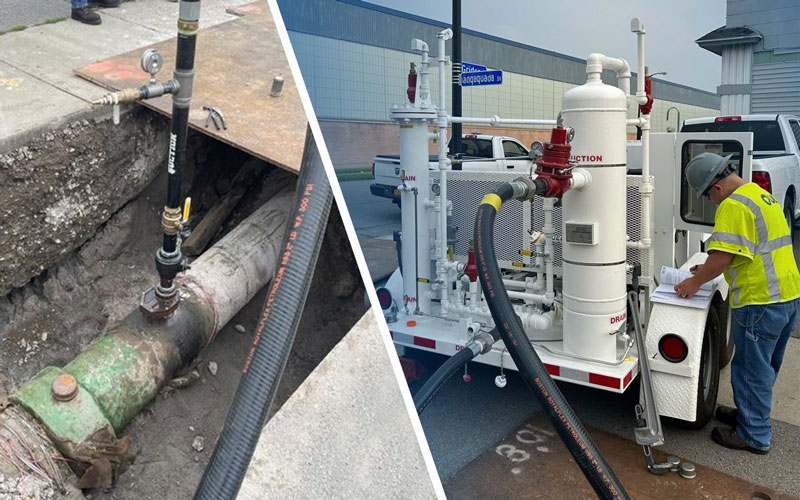
By leveraging innovative methods, technology enhances operational efficiency while simultaneously addressing environmental concerns. With the introduction of ULC’s DDC-125 Drawdown Compressor, we can directly contribute to playing a pivotal role in reducing methane emissions within gas distribution networks. Designed for optimal performance in distribution mains, the DDC-125 supports utilities, such as National Grid, and their Environmental, Social, and Governance (ESG) goals by enhancing the capture and compression of residual gas, preventing its escape into the atmosphere. Learn more about its use in the field here.

